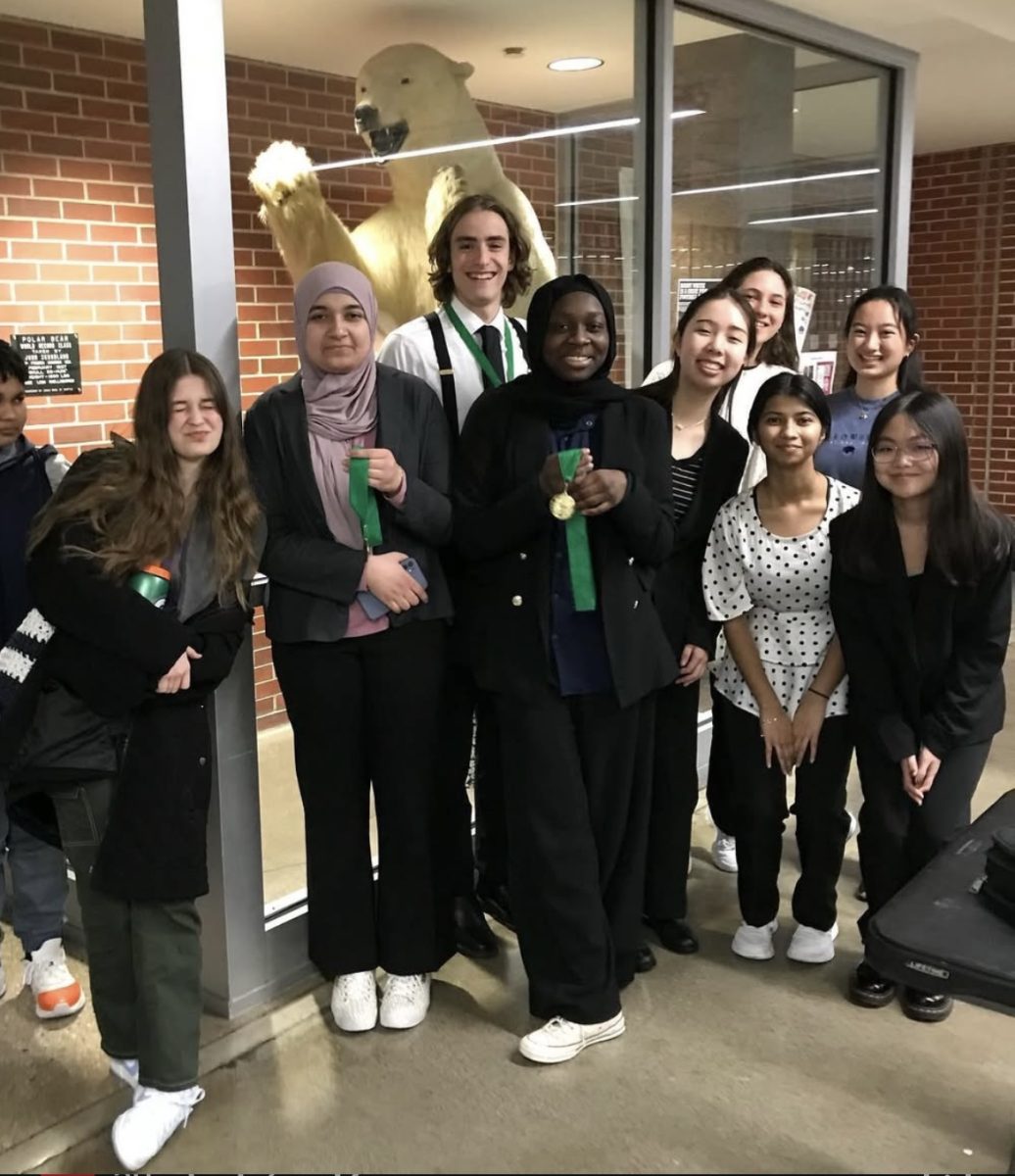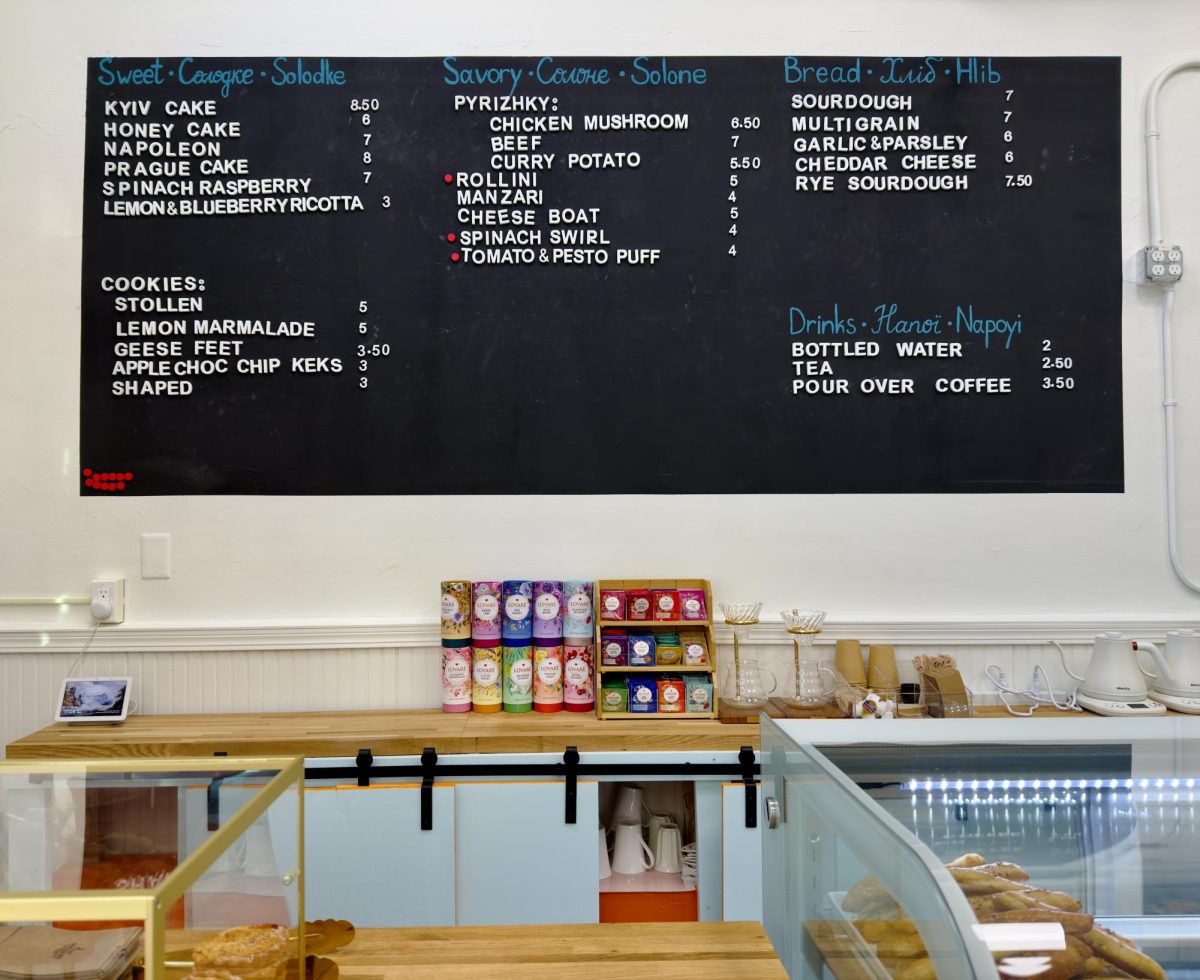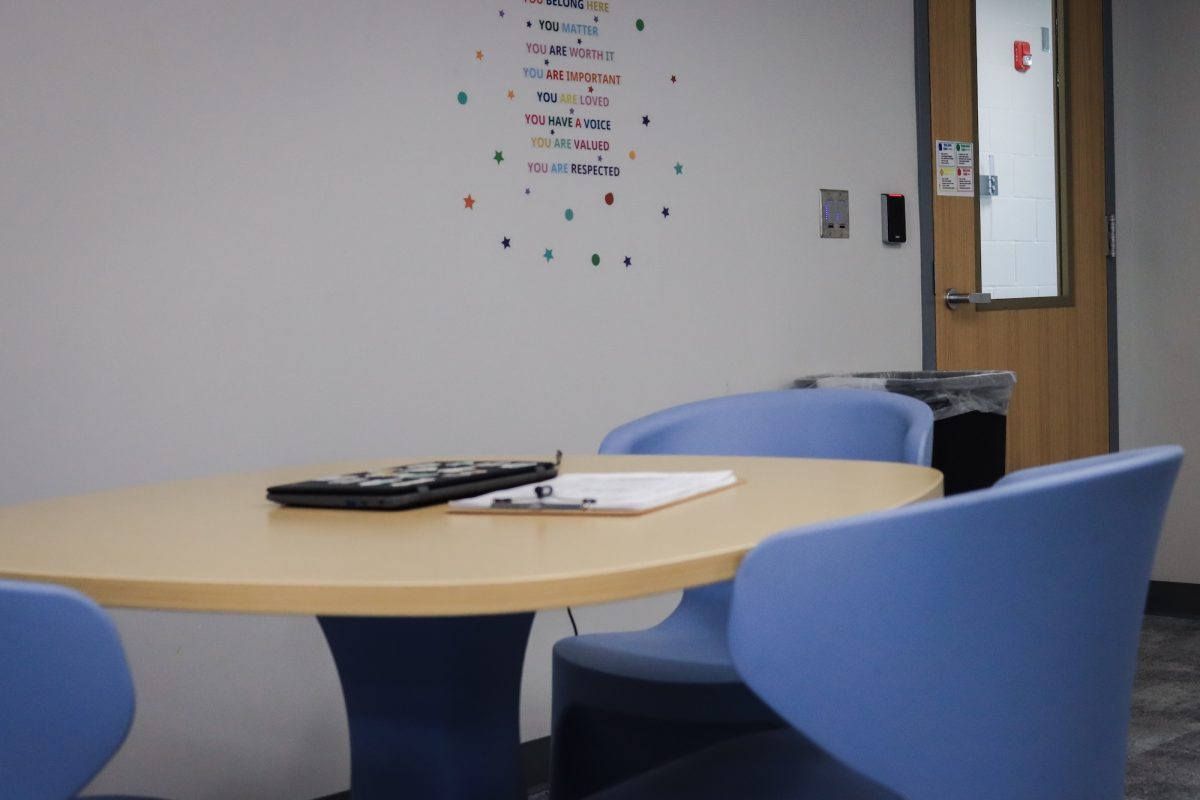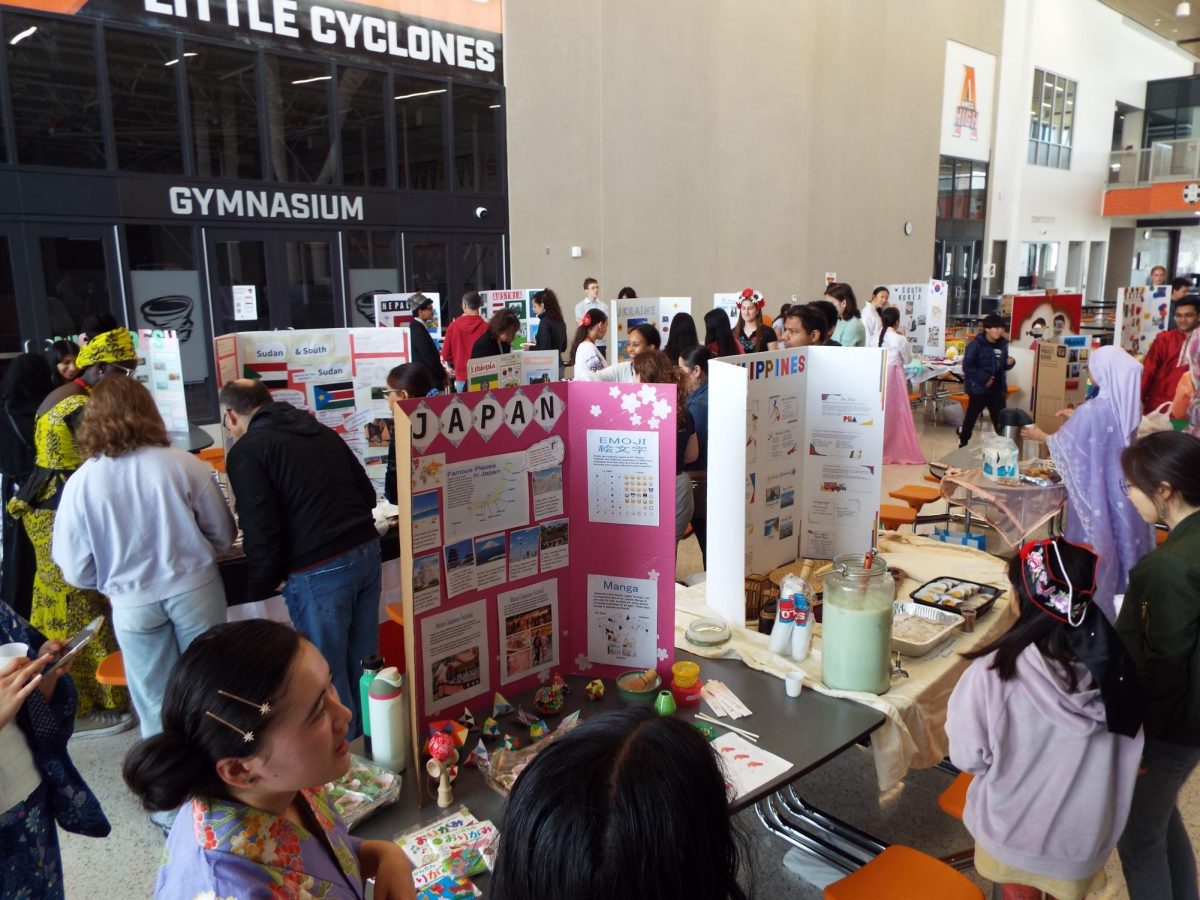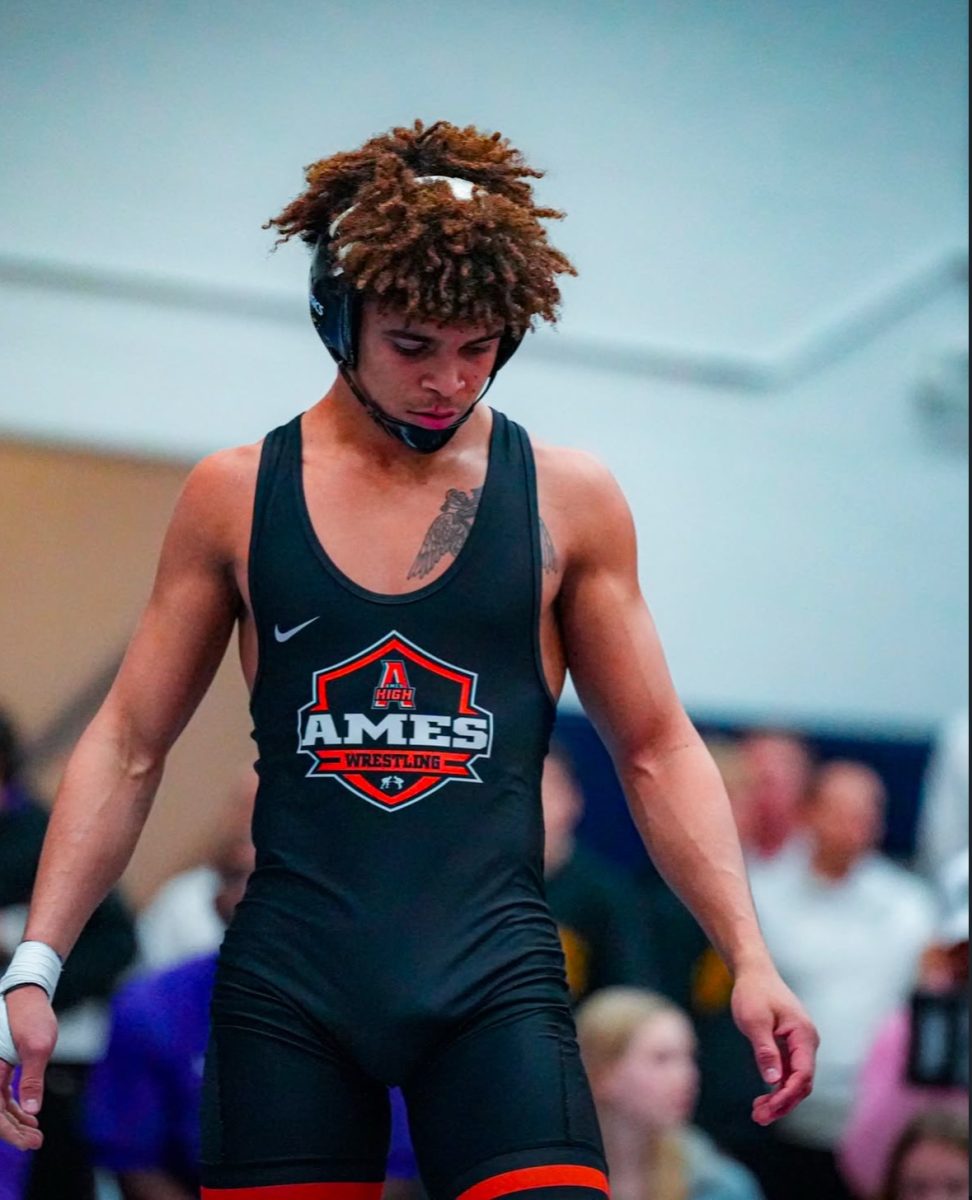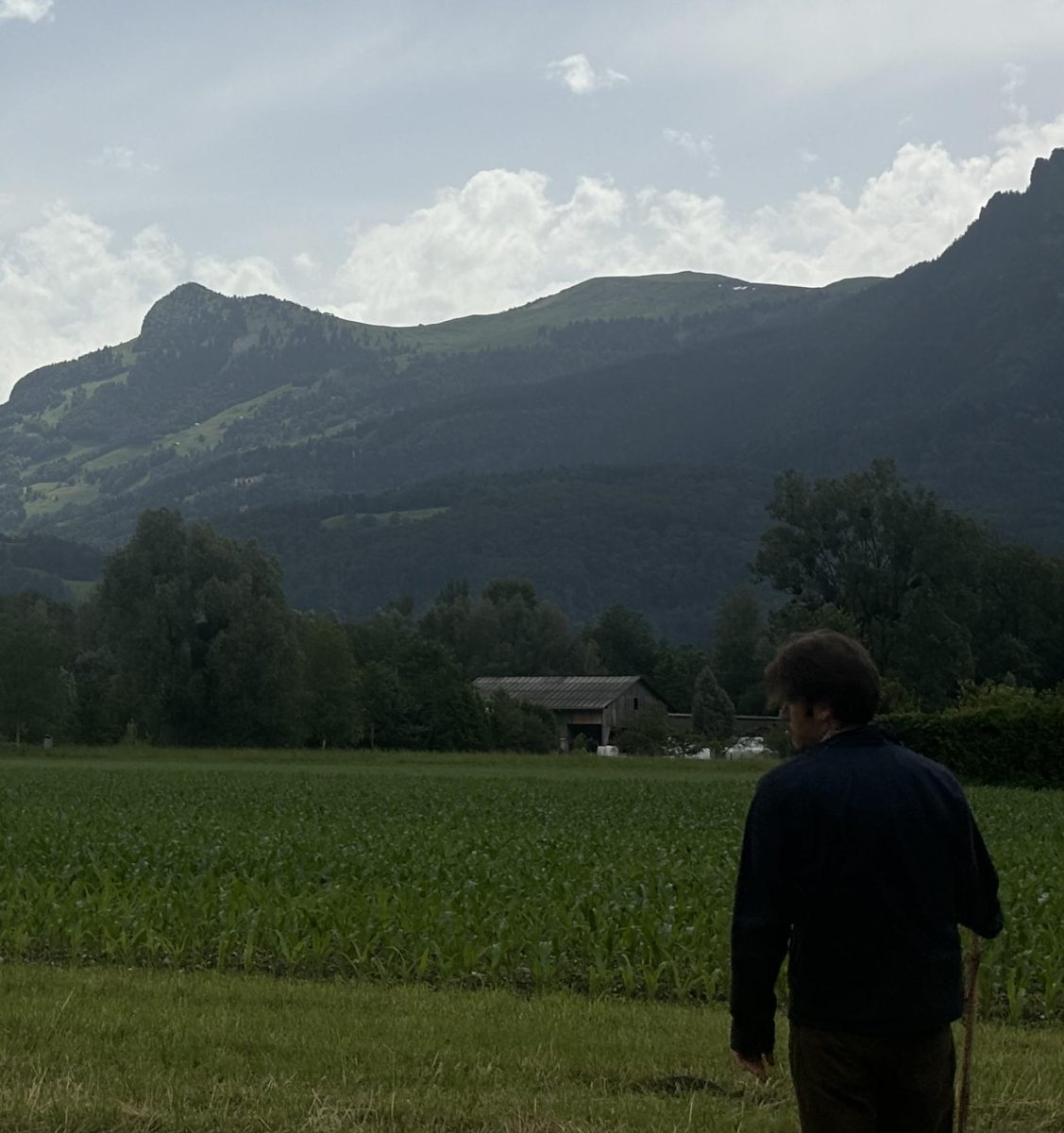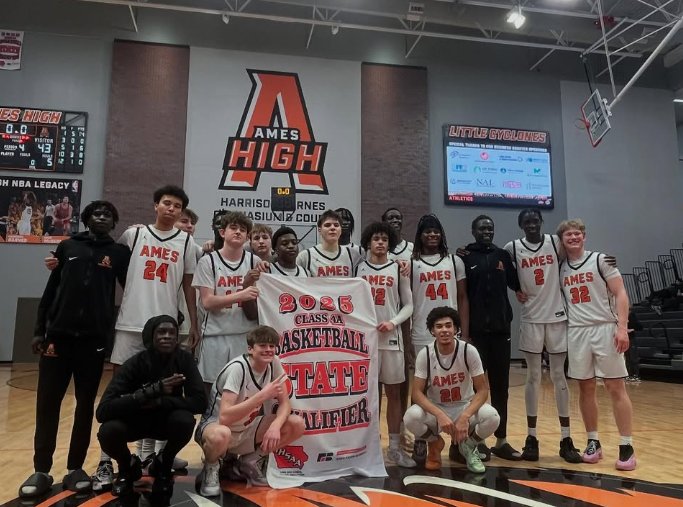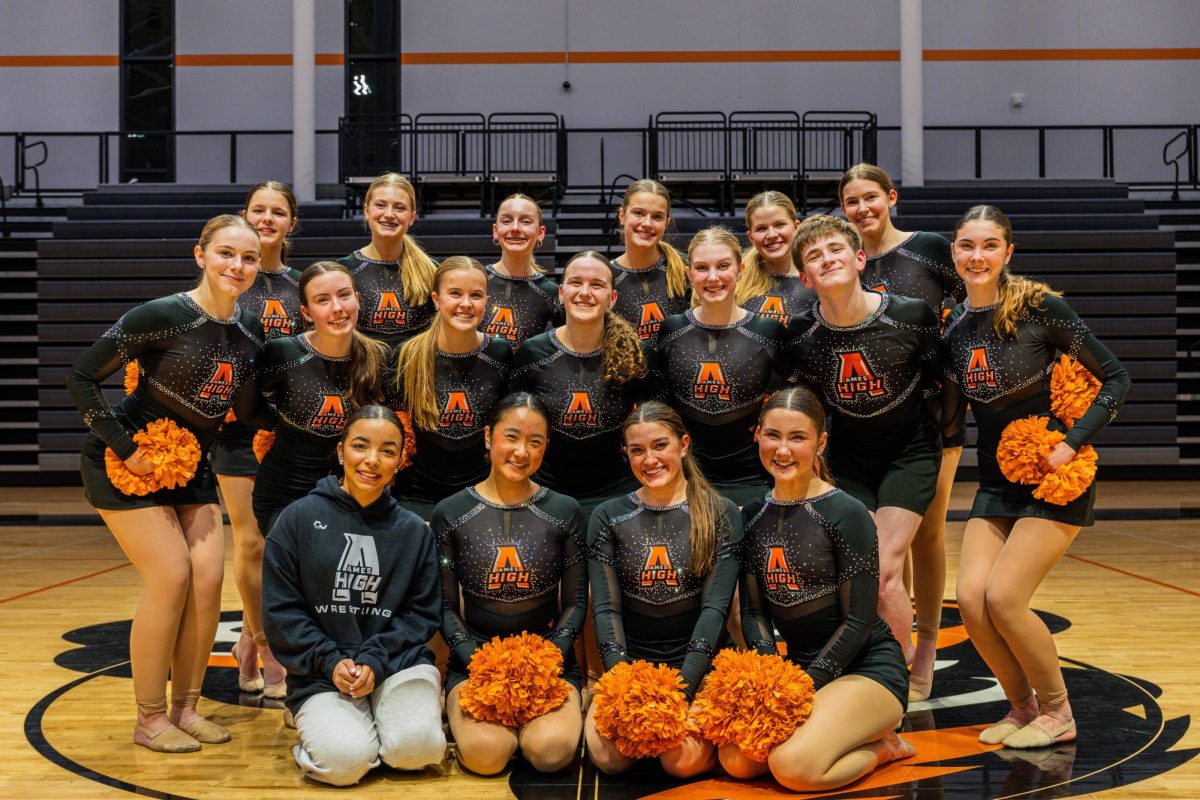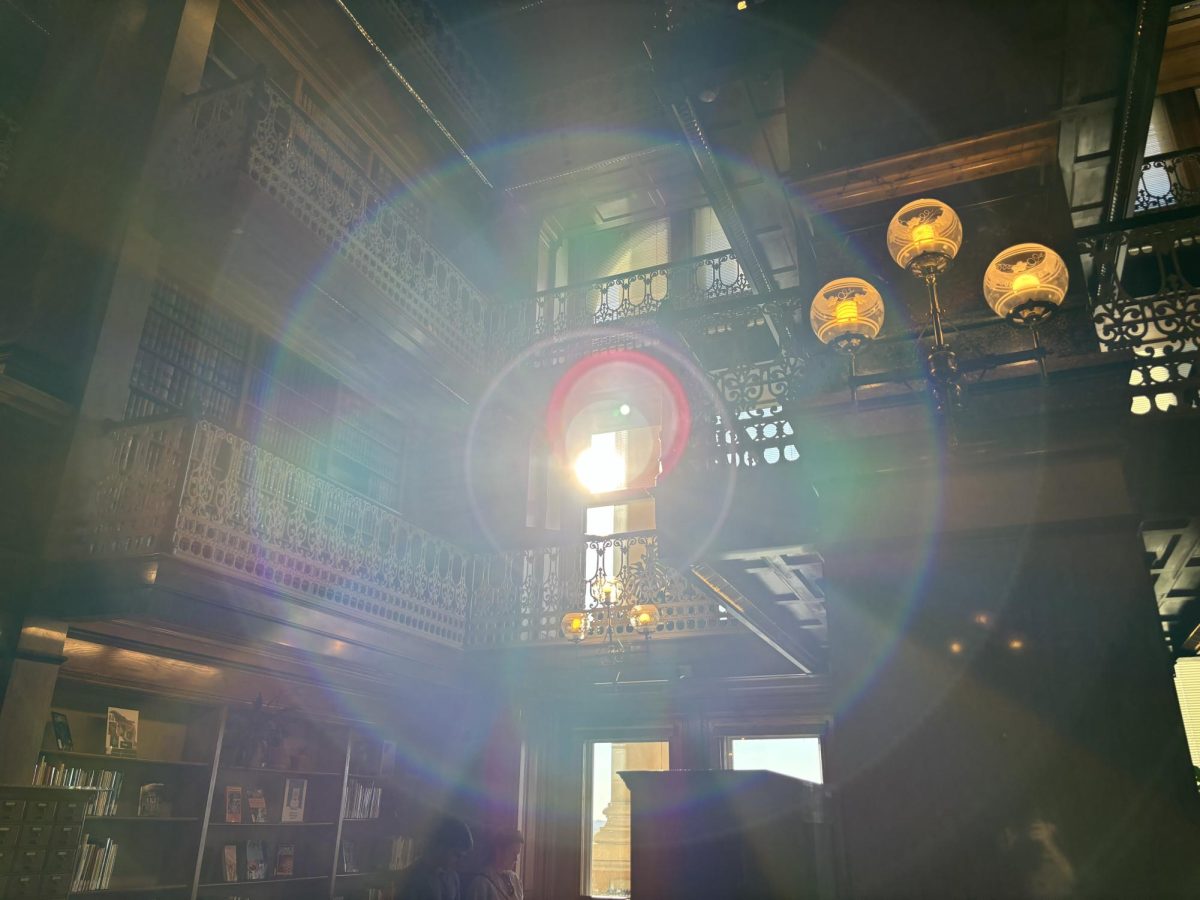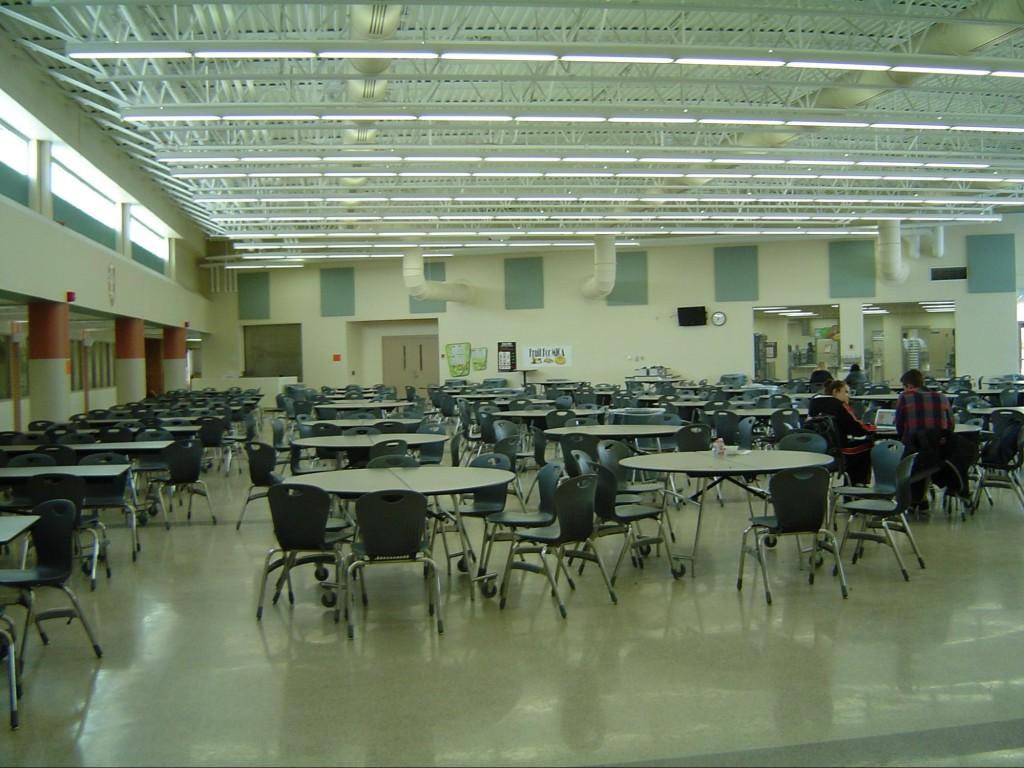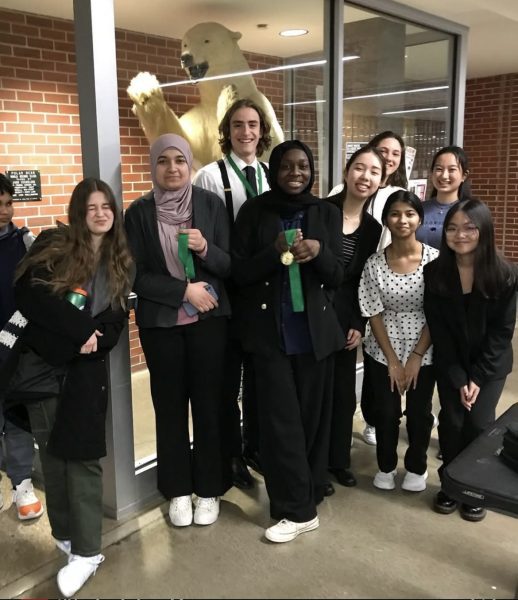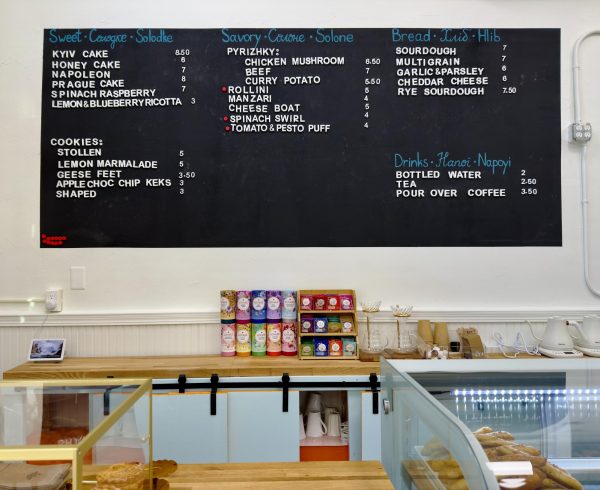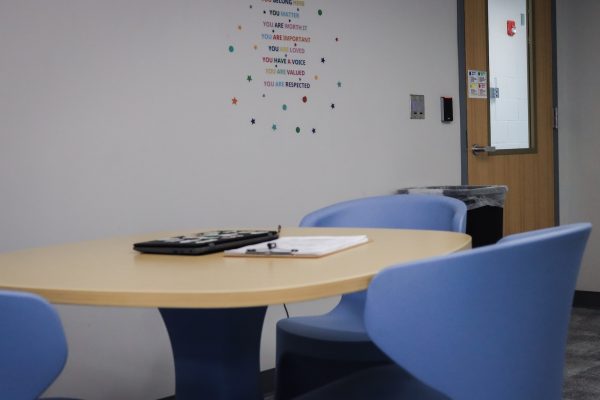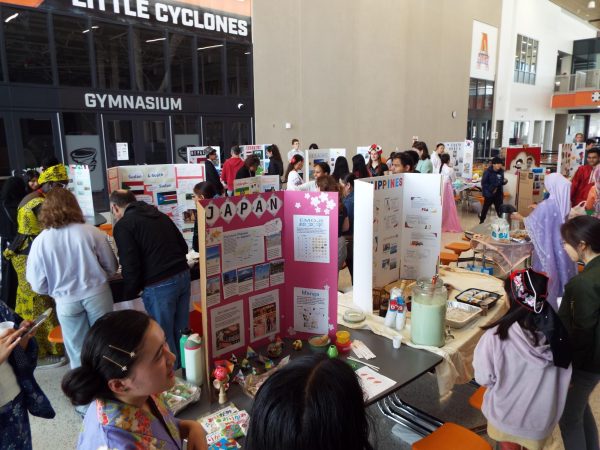Nowhere to go: Ames High’s evolving eating arrangements
During her first year at Ames High, present-day senior Jessica Misra ate her lunch surrounded by friends in the first floor cafeteria. This self-described “former lame freshman” now no longer even eats in the building, instead opting to go home for her lunch period.
Since Principal Spence Evans joined the Ames High administrative staff in 2009, there have been a number of changes to the policies governing where students are allowed to eat. After years of virtually no regulation whatsoever, a series of restrictions have come into effect, most recently including the banning of eating outside in the so-called “courtyard”.
The first major change was during the 2010-2011 academic year. In years past, underclassmen had been confined to the cafeteria and upperclassmen to eat in various teachers’ rooms or go off-campus. However, citing a large cockroach infestation caused by students not throwing out their trash and leaving messes, the administration banned students from sitting and eating lunch in said classrooms. Independent journalistic reports have confirmed that the cockroaches were both physically large and a large problem. As beloved English teacher Ginny Seibert said at the time, “I know my classroom was always clean, but I know for a fact that a lot of crap was left in other teacher’s rooms, and this probably caused the infestations elsewhere in the building.”
The opening of a room adjacent to the cafeteria designated the “junior-senior room” was designed to help alleviate the crowding that might have potentially existed for the groups of upperclassmen displaced from their original stomping grounds. However, there were complaints about the number of tables and chairs accessible to students, with these complaints culminating in the 2011 “Occupy the Lunchroom” event. As Web staffer Michael “The Claw” Vaclav reported at the time:
“Occupy the Lunchroomn named after the Occupy Wall Street Movement, was created by senior Breeana Glenn, who wanted to ‘give the administration a more accurate representation of how many people would have to eat in the cafeteria during the cold winter months.’ Mr. Evan’s response was to threaten to take away open campus and change the scheduling of the lunch periods.”
Mr. Evans, believes that the reason these protests happened was due to a failure of communications more than anything else. “I think I’ve managed to create an environment where everybody knows they can come to me if there’s a problem. I wish they had come to me instead.”
The protests did not lead to the official reopening of any classrooms, though extra tables and chairs were purchased to deal with the crowding. Room solution was not effective in the long run, however. After a $1,000 table was broken and the room, in Evan’s own words, was “trashed,” the junior-senior room was converted into a conference room and has not been used since, he said.
By the 2013-2014 school year, the only remaining options for where to eat had been whittled down to the cafeteria, the courtyard, and leaving the campus. The courtyard was, to the surprise of many, closed off to the student body. Citing the coming cold weather and issues of people eating in adjacent areas (such as near the choir room), the decision was made to remove the courtyard as an option for lunch, thus leaving the cafeteria or open campus all that remains.
An important detail in any discussion of lunch policies is that Ames is unique in having allowing an open campus. After contacting a number of school districts, most did not allow it and some required an application. Most students have eventually accepted the changes that have taken place in Ames and have adapted without incident. Mr. Evans said that he understands why many students do not enjoy their time in the cafeteria and that, if he had the ability, he would redesign the area to be more “restaurant-style, with booths and the like” in place of a mass of tables and chairs.
Ultimately, the issues of where students spend their lunchtime may never revert back to the status quo of 2009. Mr. Evans said that to him, only a small group of students are the issue. “This is Ames. 95% of our kids are mature, responsible, the best. The problem is that the 5% ruins things for the rest.” With no way to demonstrate any higher maturity and the present status being accepted, it appears unlikely students will ever have the option of eating in the media center, a classroom, etc.
Your donation will support the student journalists of Ames High School, and Iowa needs student journalists. Your contribution will allow us to cover our annual website hosting costs.
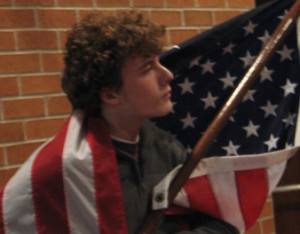
Christopher Jackson is a senior at Ames High School. A three-year member of the Web, he writes about student issues and has been compared alongside his...

